With less than a week to liftoff, the next Sentinel satellite for the Copernicus environmental monitoring programme is now in position high up in the launch tower at Europe’s Spaceport in Kourou, French Guiana.
The Vega rocket’s upper stage is now being fuelled. On Friday there will be a full rehearsal involving Arianespace, the Sentinel-2 team in Kourou and ESA’s European Space Operations Centre in Germany in preparation for liftoff, set for 23 June at 01:52 GMT (03:52 CEST; 22:52 local time on 22 June).
After eight years in the making, the satellite arrived at the site at the end of April where it has been tested and encapsulated in the Vega fairing.
Paolo Laberinti, ESA’s Sentinel-2A Launch Campaign Manager, explained, “We first verified the full health of the satellite after shipping, including testing the ‘light tightness’ of the multispectral instrument and checking the alignment of its optical references, which is very important to ensure the mission provides the high-quality imagery in the many nuances of colour needed to monitor Earth’s vegetation accurately.
“We also completed the hazardous task of filling the satellite with propellant and then pressurising the tank.
“This was the last of our key events before starting the ‘combined operations plan’, which is carried out with the Arianespace launch team. This included placing the satellite in the rocket fairing that will protect our baby on its journey into space.
“Now that this assembly has been transferred to the top of the Vega rocket in the gantry, we have already started final checks and have not had any problems powering up the satellite to establish control.
“The cooperation between ESA and Airbus Defence and Space, who led the mission development, has been fantastic and we are all very proud of how far we’ve come. Accomplishing all this and now having the stunning view of Vega housing Sentinel-2 poised for liftoff makes launch day feel very close indeed.”
François Spoto, ESA’s Sentinel-2 Project Manager, added, “After raising our first ‘Sentinel-2 child’ for eight years we have now entrusted it to Arianespace.
“Our baby is nestled high up on the tip of this huge machine that will roar and leave Earth next Monday night so that our mission can begin its grown-up life in orbit and do what it was created to do: provide a new perspective of our land and vegetation.”
Once operational, the mission will provide information for agriculture and forestry and for helping to manage food security. Satellite images will be used to determine various plant features such as leaf chlorophyll and water content. This is particularly important for effectively predicting crop yields and other vegetation applications. As well as monitoring plant growth, Sentinel-2 will be used to map changes in land cover and to monitor the world’s forests. It will also provide information on pollution in lakes and coastal waters. Images of floods, volcanic eruptions and landslides will contribute to disaster mapping and helping humanitarian relief efforts.
Adapted from: https://www.esa.int/Our_Activities/Observing_the_Earth/Copernicus/Sentinel-2/Sentinel-2A_poised_high

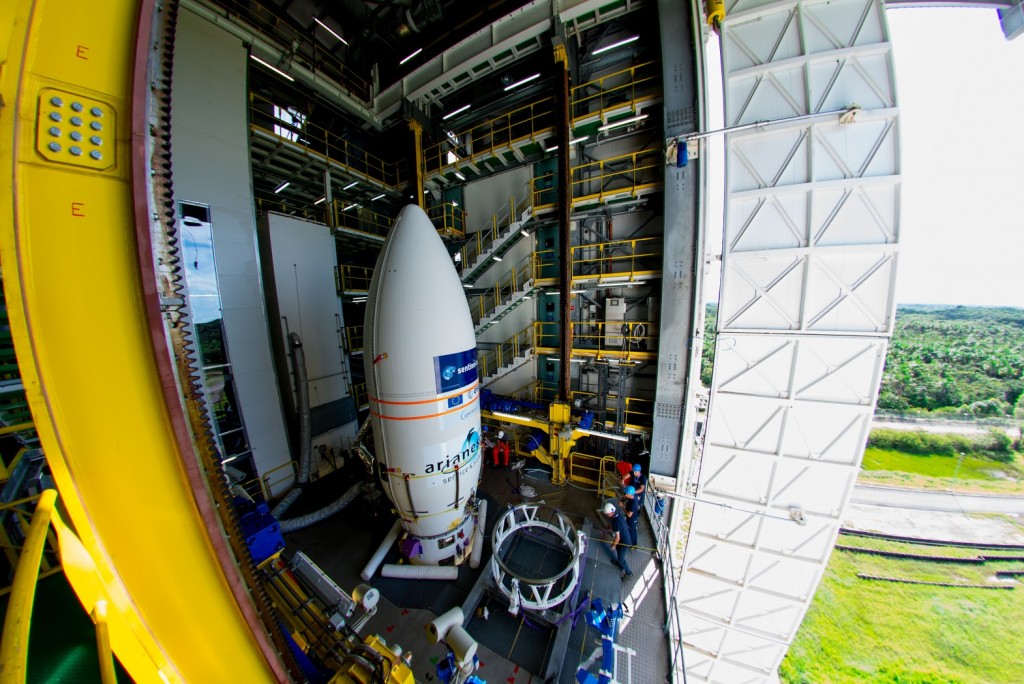
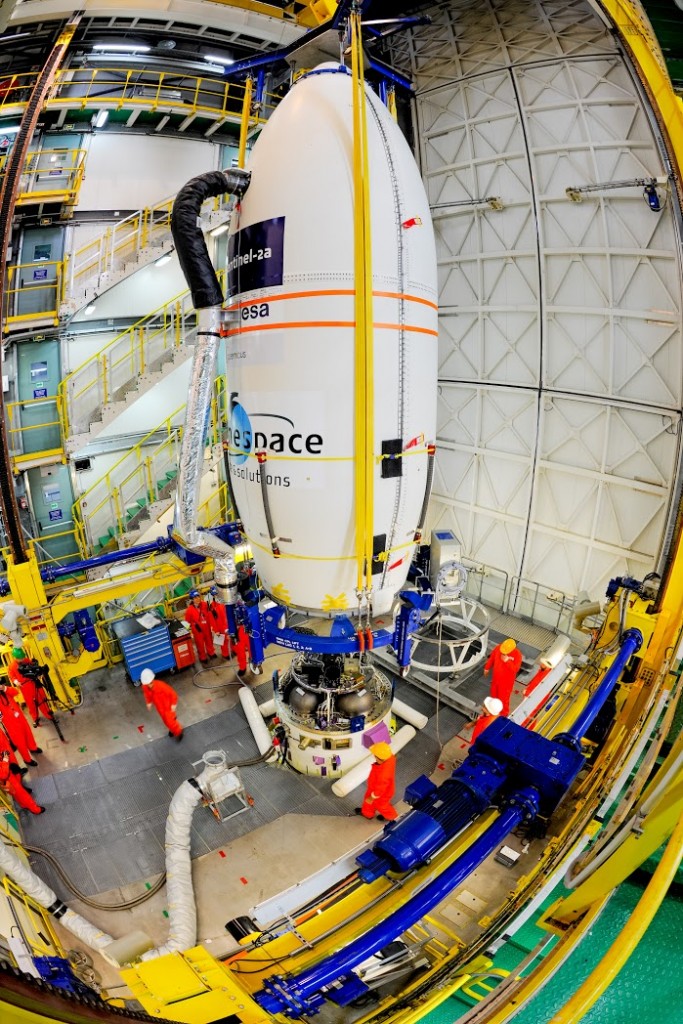
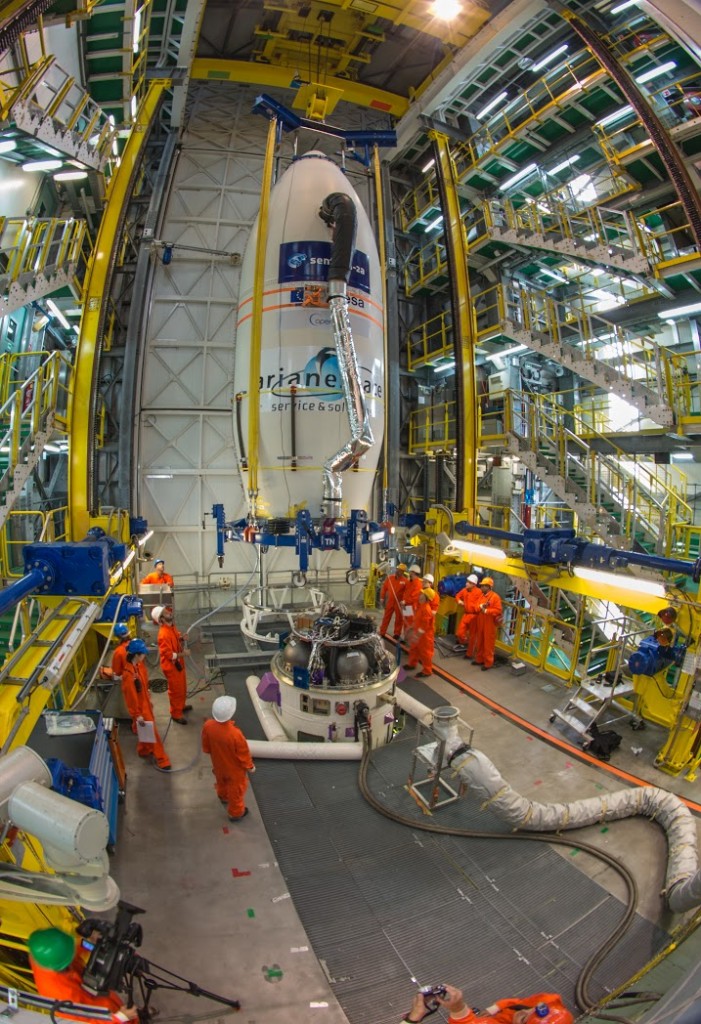
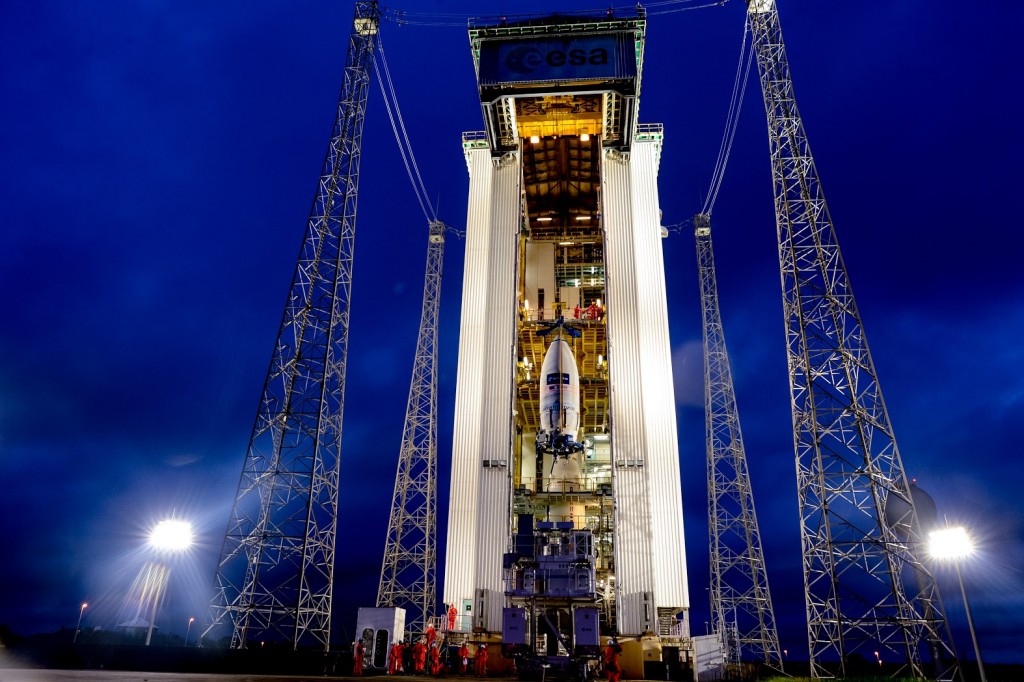
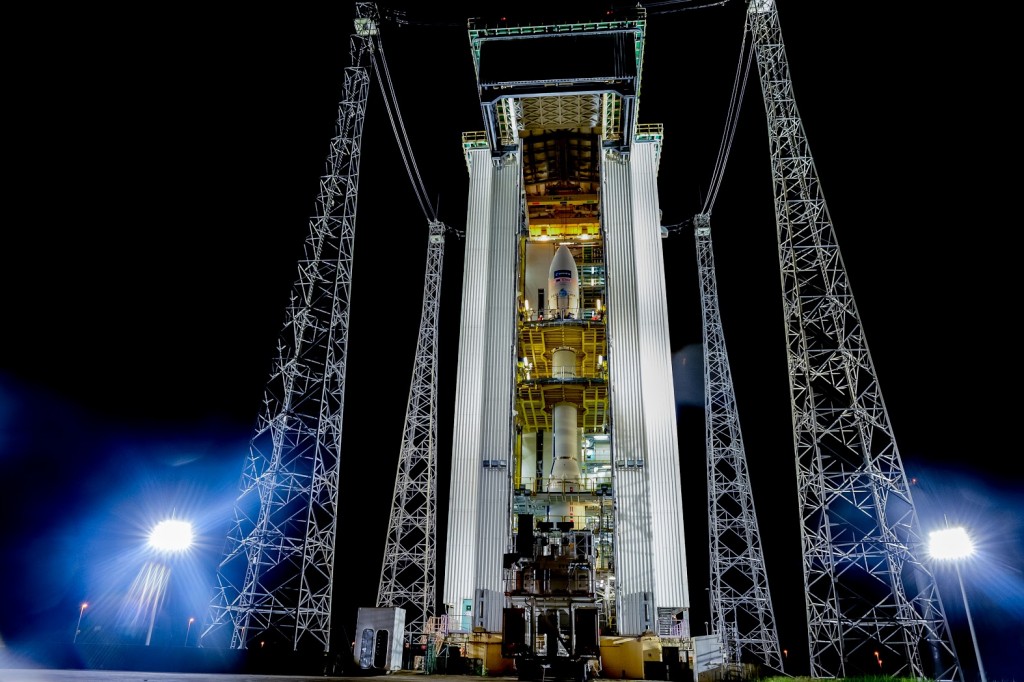
Discussion: no comments